Vision
Healthy wetlands and waterways interconnected across the southern Murray Darling Basin providing high quality habitat for indigenous species. Traditional Owners are engaged in landscape-scale ecological restoration and management of country that supports opportunities to practice
their living culture.

Recover healthy wetlands using rigorous science and community collaboration
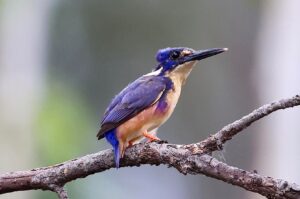
Increase ecosystem resilience to threats by promoting movement of species and genetic flow
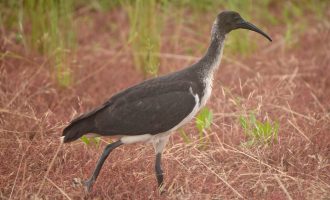
Protect and advocate for wetlands so they can provide ecosystems services to the agriculturally productive communities of the region
Our Aims
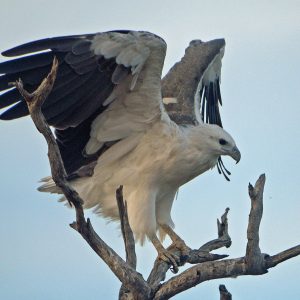
PROTECT
Advocate for the best possible management of high value wetlands and waterways at the landscape scale on both private and public lands.

RESTORE
Restore degraded wetlands in the southern Murray darling Basin, prioritising those of high cultural and ecological significance.
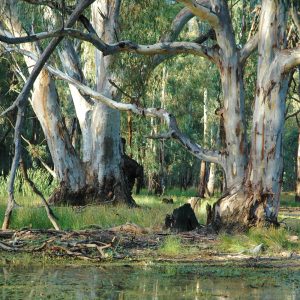
SOUND SCIENCE
Using SERA (Society for Ecological Restoration Australia) guidelines and basing restoration on appropriate local indigenous reference ecosystems.

BUILD RELATIONSHIPS
Consult and develop partnerships, especially with local Indigenous groups
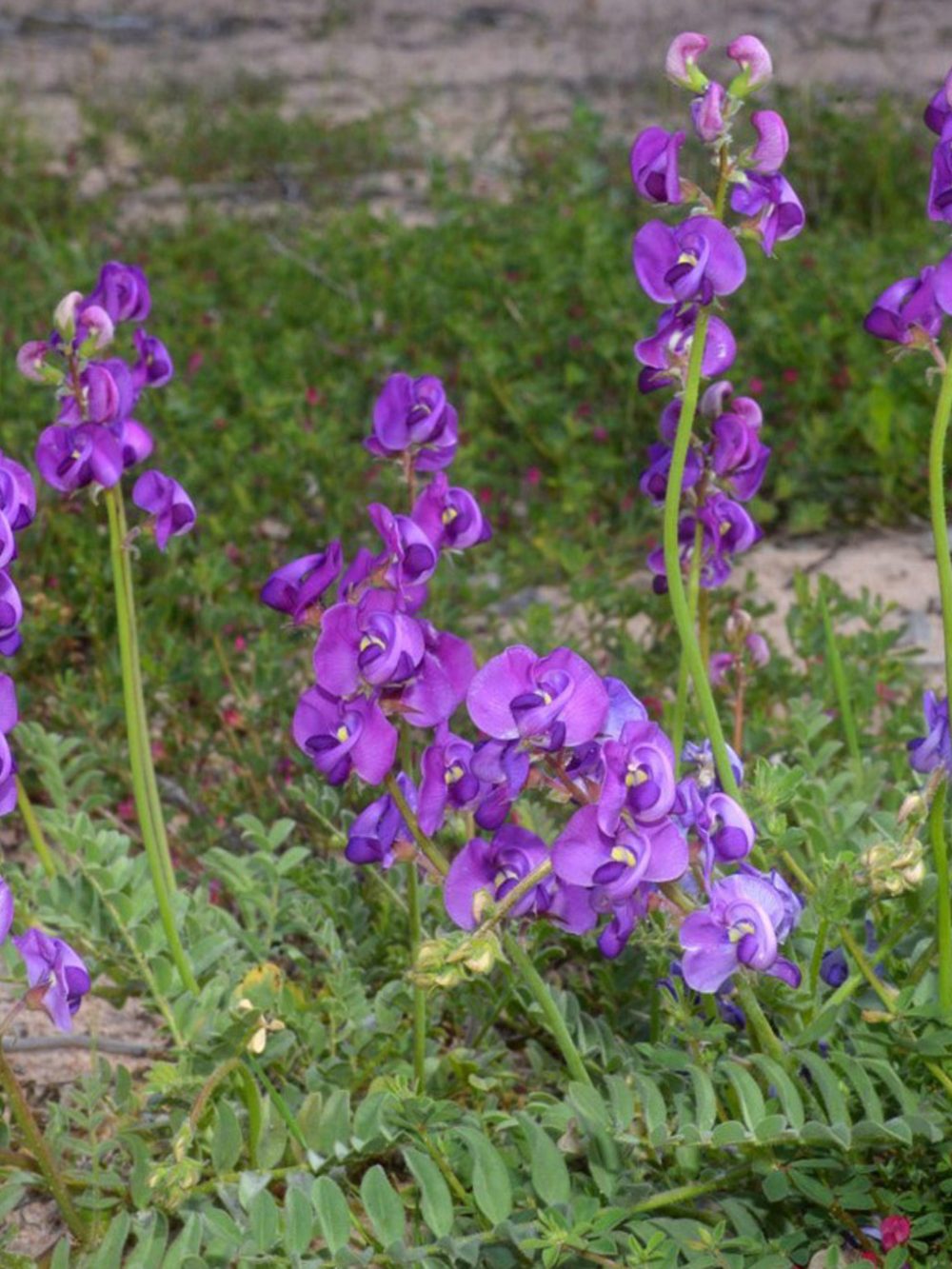
The Wetland Revival Trust will work towards achieving its vision and objectives through actively seeking government and non-government investment for wetland restoration projects; providing expertise in wetland restoration; and working closely with Traditional Owners, landholders, government agencies and local communities.
To achieve our vision, we:
- seek government and non-government investment
- fundraise through sharing our expertise in wetland restoration
- build partnerships with Traditional Owners, landholders, government agencies and local communities.
- Purchase land with high conservation values to protect and conserve wetlands and surrounding ecosystems
- Restore the natural wetting and drying cycle of wetlands
- Document ecological restoration works that are required in ecological restoration and management plans
- Collect indigenous plant seed
- Plant and establish indigenous tree, shrub and ground-layer species to restore vegetation diversity and structure to enhance fauna habitat
- Manage Weeds and feral animal populations
- Monitor the outcomes of ecological restoration projects and the general condition of wetlands and surrounding ecosystems
- Engage with the broader community and conduct events to promote the importance of wetlands and the need to protect and restore them
- Assist farmers and other landholders to protect and restore wetlands on their properties
- Manage land to protect and restore its ecological condition and significance
- Build capacity among Traditional Owner groups toTraditional Owners to take a leading role in all the above activities
